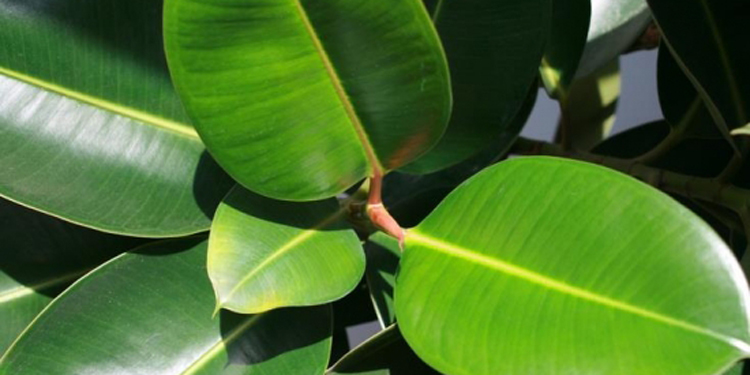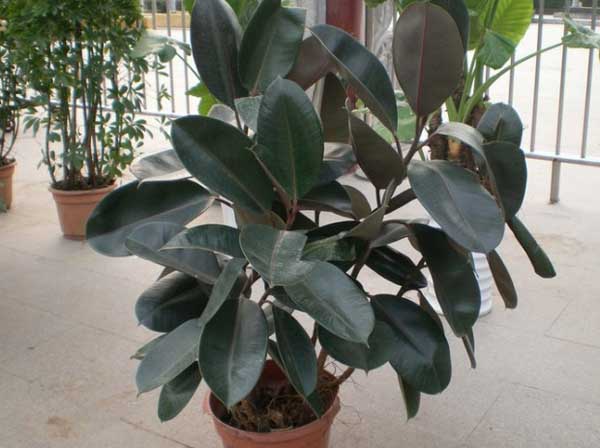What if the rubber tree is infected with the disease?
Rubber trees are mainly susceptible to anthracnose and gray spot.
Anthracnose mostly occurs on leaves, especially on both sides of leaf veins. The disease spot is round or oval gray spot at first, and then gradually extends to the whole leaf: black particles appear on the disease spot in the later stage of anthrax, and pink colloid can be extruded under wet conditions. The disease mostly occurs in the growing season of rubber trees from June to August.
The method of prevention and treatment is to cut off the diseased leaves in time and spray 1000-1500 times of topiramate at the initial stage of the disease.
Gray leaf spot also occurred in leaves, and it was more serious in September and October. At the beginning of the disease is a small gray spot disease, after the expansion of an irregular shape, the edge of black-brown, gray-white inside. In the later stage, the diseased leaves dried up, ruptured, and vomited with black grains. The disease often invades from the wound and can occur all the year round.
The prevention and treatment methods are as follows: ① reduces man-made wound damage; ② cuts off diseased leaves in time; 50% carbendazim 1000 times solution or 70% topiramate 1500 times solution is sprayed at the initial stage of ③.
What to do with the yellowing leaves of rubber trees? maintenance methods of rubber trees
What if the leaves of the rubber tree turn yellow? The trunk of the rubber tree is obvious, less branched and has air roots. Rubber tree is a famous potted foliage plant with high ornamental value. Small and medium-sized plants are often used to beautify the living room and study; medium and large plants are suitable to be arranged on both sides of the foyer of large buildings and in the center of the lobby, which is magnificent and can reflect the tropical scenery.

- Prev

What if the lower leaves of the rubber tree turn yellow and fall off?
Rubber tree belongs to perennial evergreen woody plant of Moraceae, its leaves are thick and shiny, evergreen all the year round, some varieties' leaves and tender tips are purplish red, and the plant type is plump and elegant. The common cultivated varieties are: ① black leaf rubber tree: dark red leaves, red dorsal veins, bright red buds.
- Next

How to maintain asparagus in winter?
Asparagus likes warmth and has poor cold resistance, so it is not suitable to spend the winter outdoors. It usually moves indoors one or two weeks before "Frosts Descent" (when the minimum temperature drops to about 10%). Do not put it near the kitchen, stove and heating pipe after entering the room. Dust and fuming oil will block the stomata of branches and leaves and hinder normal breathing and growth.
Related
- Fuxing push coffee new agricultural production and marketing class: lack of small-scale processing plants
- Jujube rice field leisure farm deep ploughing Yilan for five years to create a space for organic food and play
- Nongyu Farm-A trial of organic papaya for brave women with advanced technology
- Four points for attention in the prevention and control of diseases and insect pests of edible fungi
- How to add nutrient solution to Edible Fungi
- Is there any good way to control edible fungus mites?
- Open Inoculation Technology of Edible Fungi
- Is there any clever way to use fertilizer for edible fungus in winter?
- What agents are used to kill the pathogens of edible fungi in the mushroom shed?
- Rapid drying of Edible Fungi

